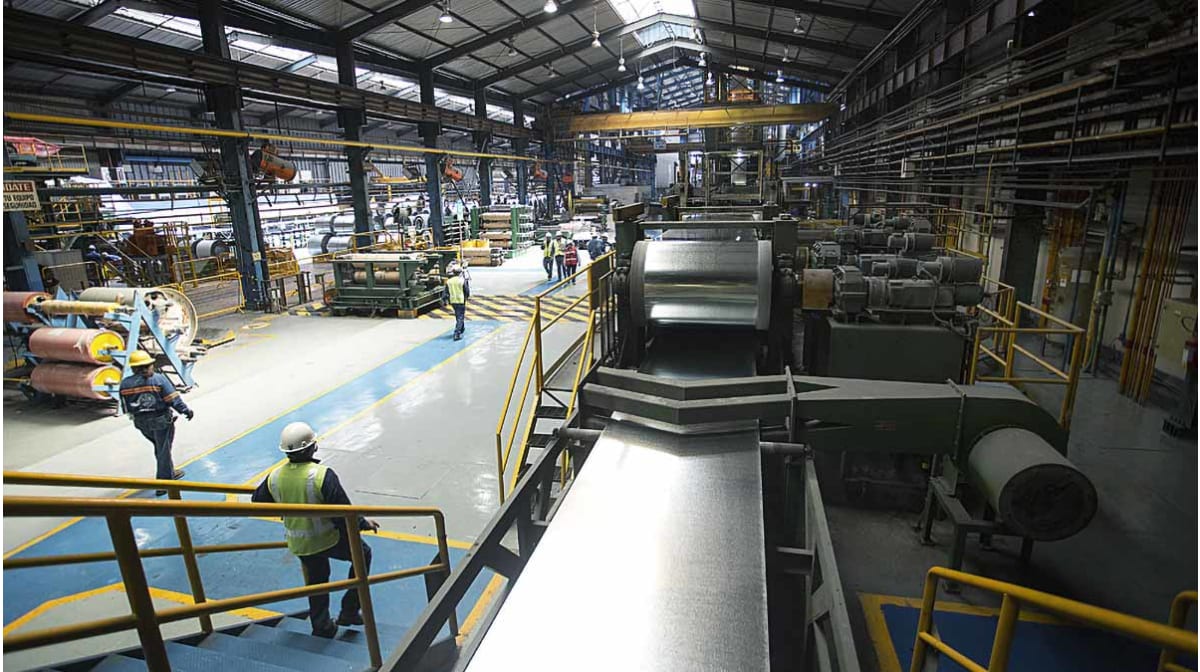Latin America’s steel roundup: tariffs, trade, and tech shifts

Latin America’s steel industry is currently facing a complex set of challenges and opportunities—with trade tensions and claims of unfair competition from Asian producers on one side, and promising investments in industrial innovation and renewable energy on the other.
In this brief roundup, I’ve selected and summarized the most relevant developments from across the continent—ranging from trade negotiations and policy reports to breakthrough technologies and corporate investments. The goal: offer Expometals readers a snapshot of the region’s industrial momentum and its role in the global steel landscape.
U.S. Tariffs: Brazil seeks to negotiate with Trump
Brazilian President Luiz Inácio Lula da Silva has reiterated his call to renegotiate trade terms with the United States, targeting existing 25% tariffs on steel and aluminum, as well as the newly announced 50% tariff on all Brazilian imports, which will apply separately from sector-specific duties. Lula stressed that Brazil does not maintain a trade surplus with the U.S. and mentioned the possibility of escalating the dispute to the World Trade Organization (WTO). Meanwhile, U.S. officials have confirmed that no formal negotiations are scheduled “for now.”
Mexican steel exports keep dropping
Citing the effects of U.S. duties, Mexican steel exports declined significantly in May, totaling $902 million—the second-lowest figure in the past 51 months—according to Reportacero. Despite the downturn, the United States remained the leading buyer, absorbing 74% of Mexico’s steel exports in the first five months of the year.
Alacero report: unfair trade is distorting the market
A recent joint report by Alacero (Latin American Steel Association) and Canacero (Mexican Steel Chamber), based on OECD data, denounces the structural impact of Chinese industrial policy on the Latin American steel sector. According to the analysis, Chinese steel is flooding global markets at artificially low prices due to extensive state subsidies. These practices have fueled global overcapacity, expected to reach 721 Mt by 2027, while eroding local production and jobs across Latin America. To illustrate the scale: Chinese exports of finished and semi-finished steel to the region surged by 233% between 2010 and 2024, despite 79 trade defense measures adopted by Latin American countries—51% of which targeted China and ASEAN nations.
ArcelorMittal Acindar launches Argentina’s first solar-wind park
On the industrial front, a mention goes to ArcelorMittal Acindar, which has commissioned Argentina’s first hybrid solar-wind park in San Luis Norte, in partnership with PCR. The 130.5 MW site—developed through a USD 210 million investment—combines wind turbines, inaugurated in 2024, with a solar unit now fully operational. The project marks a significant milestone for low-carbon steel production in South America.
Ternium’s EAF project in Mexico
Ternium is advancing the construction of its new Electric Arc Furnace (EAF)-based mill in Pesquería, Mexico, featuring Tenova’s Consteel® technology. A 281‑ton cooler was recently delivered from Abu Dhabi to the DRI facility via a large-scale logistics operation (see below). Meanwhile, Italian startup Tulum Energy has secured $27 million in funding to build a turquoise hydrogen pilot plant at the same site, using EAF-based methane pyrolysis. A new Milan subsidiary will support R&D and future scale-up.
A research project to integrate niobium into low-carbon steelmaking
Brazilian specialist in niobium products CBMM has entered a strategic partnership with the University of Birmingham in the UK. The collaboration focuses on developing advanced niobium-based materials to enhance carbon recycling systems in energy-intensive industries such as steelmaking. The project centers on a technology that uses niobium-based perovskites to convert CO₂ emissions from industrial processes into carbon monoxide (CO), which is then reintegrated into production cycles—creating a closed carbon loop.
You could be interested in reading:
Trump approves Nippon Steel–U.S. Steel deal with ‘golden share’ safeguard after initial opposition
Who rules the steel industry? The top 100 producers
In the picture on top, the interior view of Ternium’s cold rolling mill in Pesquería, located in the greater Monterrey area of Nuevo León, Mexico.


